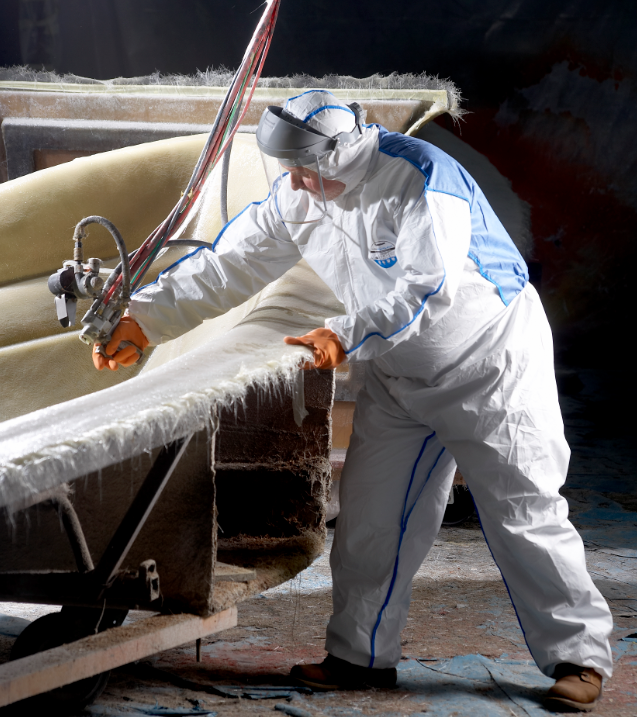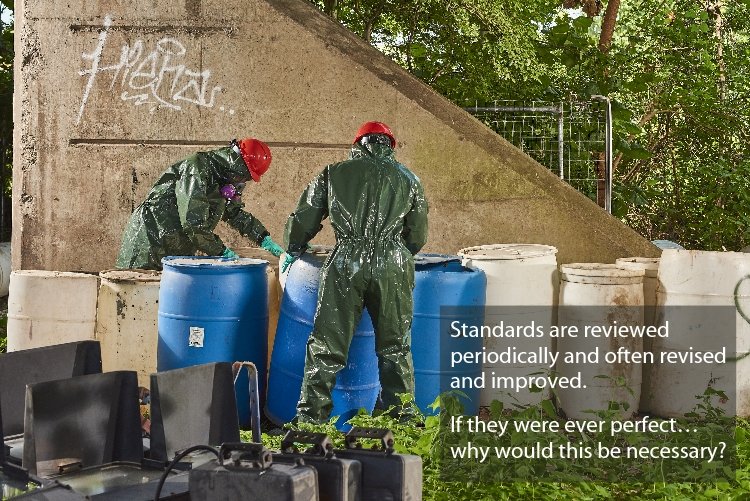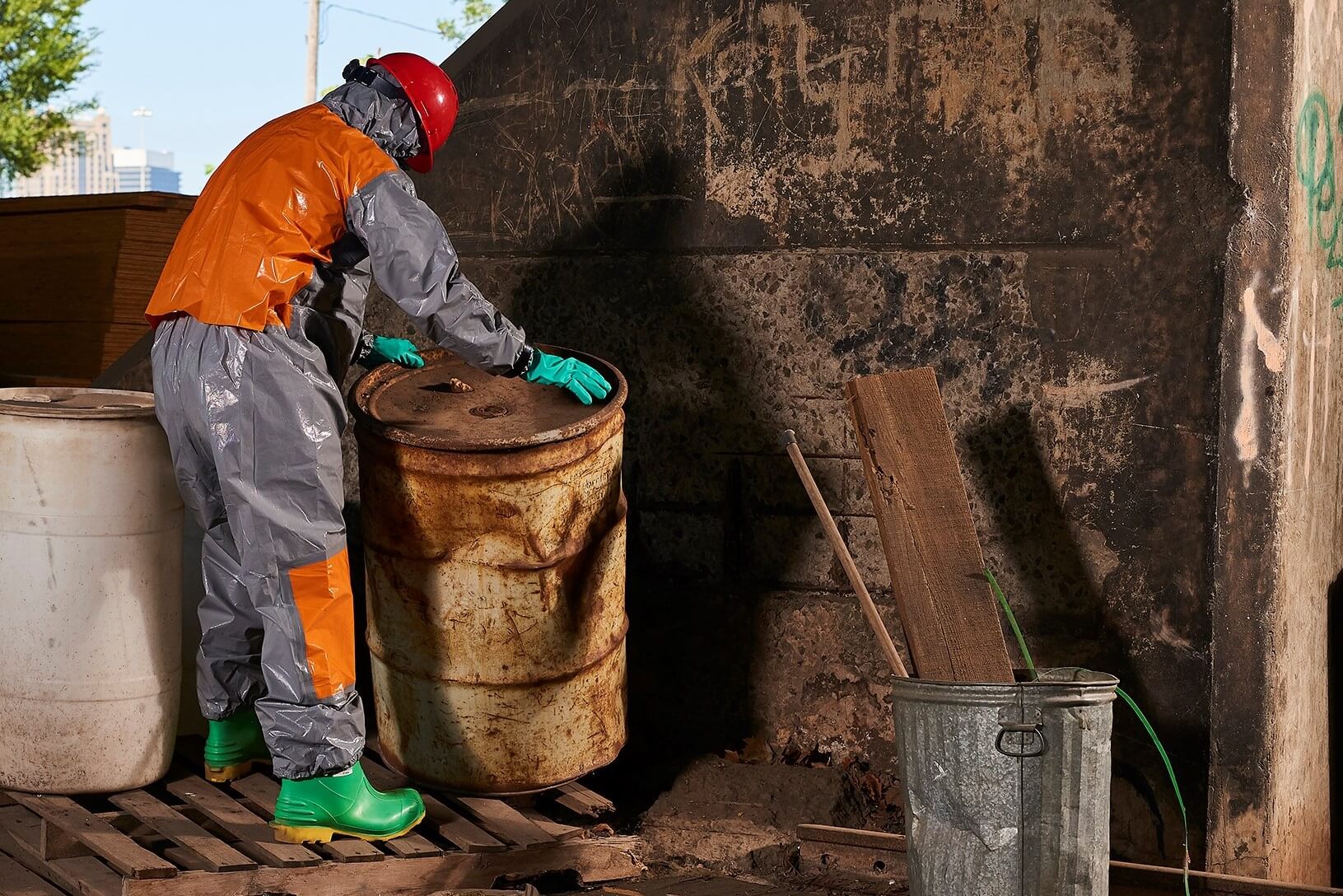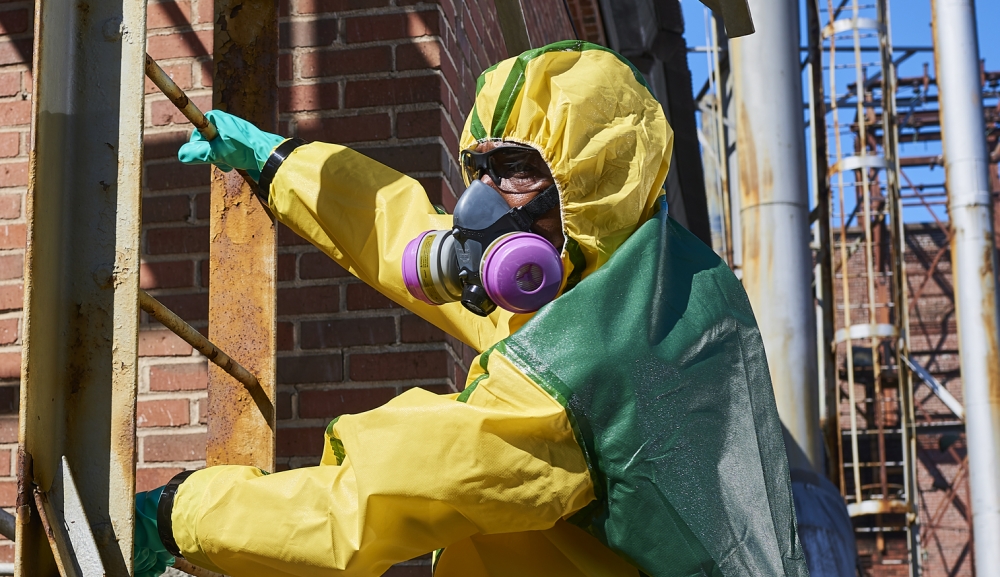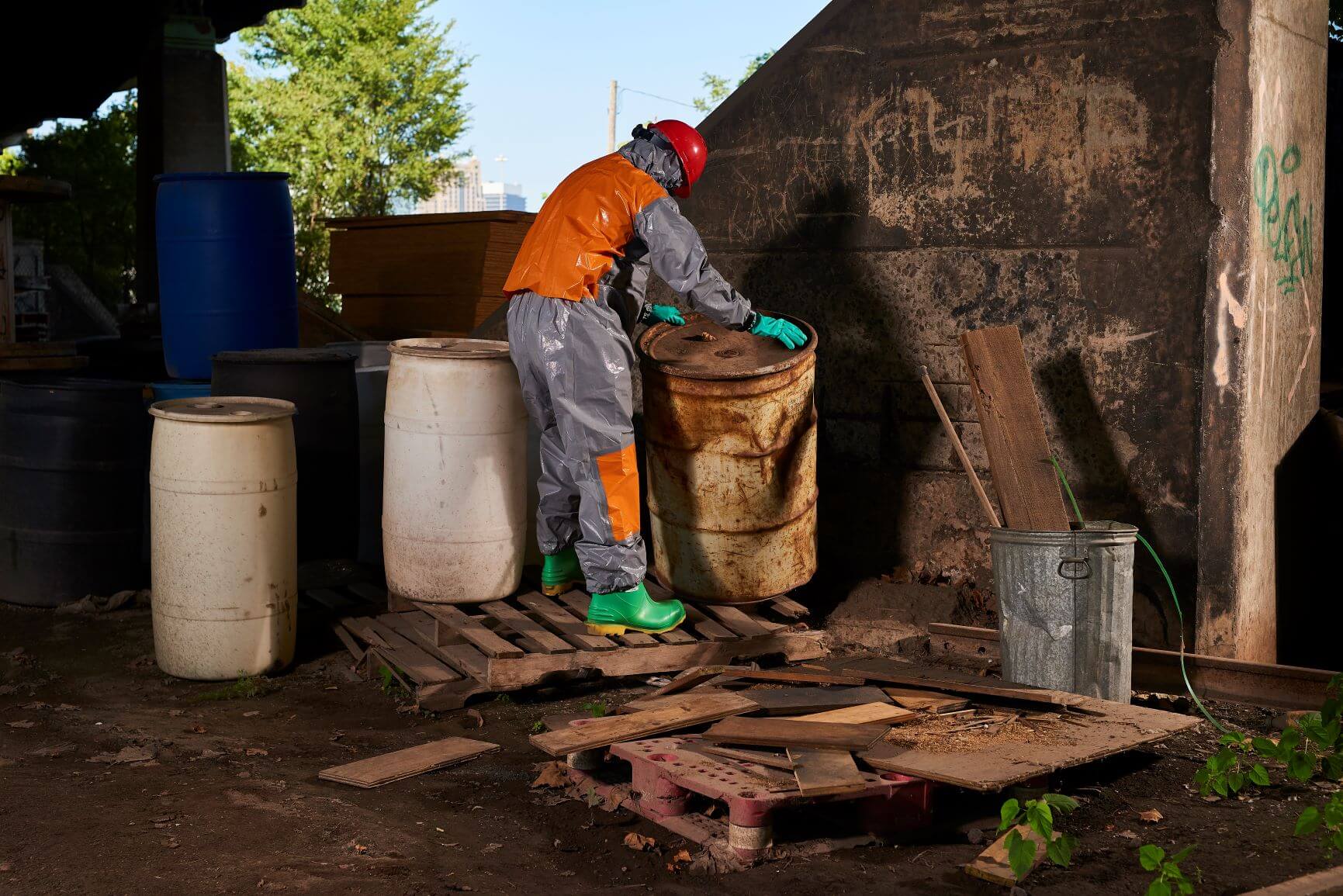Even if the appearance of safety garments and chemical protection seem to not cause immediate harm, it does not mean harm isn’t being done.
| Many chemicals have no immediate effects and can be absorbed into your skin without you even knowing. It’s not until months or years later that the damage from prolonged exposure becomes apparent; cancer, internal organ damage, anemia – the list goes on.
This delayed effect means that even where a chemical suit appears to be working, it may well not be. And considering the confusion around chemical test permeation breakthrough (which is not the indication of safe-use time that so many users interpret it as), understanding the chemical and the level of protection offered by your suit is crucial. The common misinterpretation of permeation test data means users often believe they are safe when actually they may well be regularly coming into contact with small amounts of chemical. |
Unfortunately, many safety managers select PPE based only on whether or not it meets the EN standard performance requirements without having any real understanding of what those standards are telling them or looking into the detail of those standards.
However, the issue is that standards are developed in isolation – in secure environments with a limited representation of reality – and largely as a response to incidents. What this means is that PPE often only protects against known hazards/chemicals and only in certain circumstances (as the tests are rarely reflective of any real-world work environment).
And over time, environments and tasks change, and new processes and chemicals are used. There isn’t, therefore, any guarantee that the PPE currently in use will be fit for purpose – so just when should a safety manager review their PPE?
When should safety managers review PPE?
A quarterly or annual review of PPE is good practice and a key part of any maintenance process. Safety Managers can identify new garment technologies offered by PPE suppliers. Maintaining good relationships with manufacturers as well as suppliers can be useful as manufacturers are likely to have a better idea of any new or better options. They may find that new coveralls offer better protection and/or better combinations of protection, comfort and cost… such as “Cool Suits”.
In addition to regular reviews, there are several instances where safety managers should review their PPE:
-
When a task or application changes
This may result in risking a different kind of exposure – i.e. going from doing a task standing to doing that same task but on hands and knees, the chemical suit might not be resistant enough to abrasion.
-
When new chemicals are introduced to the environment
If you are using new chemicals you will need to:
1) Understand the chemical; what harm does it do? What are the consequences of contact? Does it have immediate or long term effects? (If only long term – will you even know of contamination occurs?) Its toxicity – i.e. how much of it is needed to cause harm?
In short, understand how to handle those chemicals and their effects if workers are exposed.
3) Understand the level of protection your PPE suits should offer against those chemicals.
4) Whether the combination of chemicals means you need new suits to protect against them. Don’t assume your PPE is certified to protect against them – chemicals can be more problematic than other types of hazards!
-
When workers raise concerns about comfort and protection
If workers raise concerns about the comfort of PPE, you need to address the problem as quickly as possible. If you don’t, you risk reduced morale among employees and lower productivity as the discomfort can affect concentration. Worse still, workers could start to remove parts of their PPE or wear it incorrectly in order to carry out tasks more comfortably.
Where practical, strive to achieve a balance between protection and comfort. Depending on the level of hazard, protection must always be the priority. For example, if workers are in warmer chemical environments, consider cool suits – these are breathable but still provide the necessary levels of protection.
As for concerns about protection, you will need to conduct a thorough risk assessment and test the PPE to see if these claims are true. Claims like these need to be taken seriously as workers may have been exposed to dangerous chemicals.
-
When standards change
As they become more complex (and are developed in response to incidents) safety managers need to be aware of developments. Changes to the detail of a standard will also change how PPE is tested and certified. You may find that newer PPE is not only better and more comfortable, but also more affordable. And if a standard has changed has your existing PPE been certified to the latest version? Standards are updated and revised for good reason, and ensuring PPE is certified to the latest ensures you are using PPE that meets the best version
For example, the 2015 version of the EN 14126 standard for secondary FR workwear added new testing requirements so that not only fabric but also components such as the zip assembly should be tested for resistance to ignition in the vertical flammability test. Many existing garments in the market – primarily FR SMS-based garments – proved unable to meet these new requirements and can only be certified to the old standards. It takes time, but increasingly users are re-assessing their current garments are realizing they no longer come up to scratch and thus seeking garments that do meet the requirements of the new standard. You can find out more about this issue and the effects of the new standard in our blog here
-
When a more detailed understanding of protection and performance of PPE is gained
Sometimes improved knowledge can result in a need to re-assess PPE in use and consider changing or upgrading it to ensure or improve protection. For example many users have a basic understanding of the standards for FR protection EN 11612 and EN 14116 and this has resulted in selection of their current primary and/or secondary FR workwear. However, more detailed knowledge of these standards, the tests within them and their limitations in reflecting real world performance can result in a conclusion that workers are not as protected as previously thought and that a re-thinking of the current FR workwear is appropriate.
How can you design an effective PPE review program?
The first step in your review process should be engaging your workers – after all, they’re best placed to tell you about your PPE and its effectiveness. Ask them for their feedback and concerns and use this information to inform next steps. Ensuring workers understand the hazards for which PPE is designed to protect against is also important. Workers that understand the hazard are more likely to pay attention to how well they are protected.
Next, identify hazards and risks… again. You will have completed a PPE risk assessment previously but if anything has changed in the environment, there will no doubt be new risks.. New hazards and risks should be highlighted during your next training session so that workers avoid them.
Finally, look for the PPE that is the best for the job. PPE that most effectively targets the job in hand will also be the best combination of protection, comfort and. of course, cost. Choosing the best PPE is not just about optimizing protection and comfort – it can also be about ensuring you are not spending more on PPE than you need to. And during the PPE evaluation process, make sure to scrutinize the technical documentation accompanying the garment so you understand the level of protection it offers.
How can Lakeland help?
Involving reputable PPE suppliers and manufacturers in the selection of PPE and in the training of safety personnel and workers can be an important factor in an effective safety program. Manufacturers are (or should be!) the real experts in their product and can often provide clarity of insight and availability of options that might otherwise not emerge.
As PPE experts, we can offer comprehensive advice on standards and chemical suit selection based on your specific applications.
For more information, please visit our website or contact a specialist.

